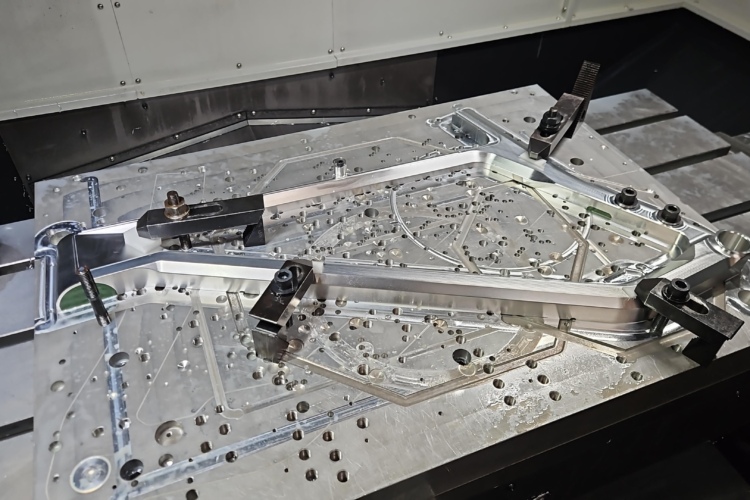
Specialized came out with their Turbo Levo SL earlier this year and for lack of a better word, it was…revolutionary. I’m not a big fan of that word, because most brands claim that their bikes are revolutionary in every new release, and that’s rarely the case. But, the Turbo Levo SL is much lighter than both the Turbo Levo and Turbo Kenovo — and most other eMTBs — thanks to a smaller, lighter motor which gives the bike a much leaner stance and silhouette than its siblings — and the competition.
Electric mountain bikes have had a reputation as being chunky, awkward, and heavy since their inception. That’s left the field with e-bikes that are A) ugly, and B) heavy. So, not only do people not want to be seen riding a bike that looks pregnant with another bike, they aren’t known for being all that fun to descend on either, when many are tipping the scales at nearly 50lbs.
The Turbo Levo SL whittles weight down to 38lbs. on the lightest build kit with a smaller motor and less battery than both the Turbo Levo and Kenevo for an eMTB that is not as eMTB as other eMTBs. The 29er has 150mm of travel front and rear.

The SL has a 240W motor with a stock 320Wh lithium-ion battery inserted in the downtube that generates 35Nm of torque. Specialized also introduced the Range Extender, a water-bottle-sized battery that fits in a water bottle cage. The feeling you get with the lighter motor and wattage output is an e-bike that wants a little more power from the rider.
For reference, the Turbo Levo has a 565W motor with 700Wh of battery power and a torque rating of 90Nm. It seems like Specialized is pointing the industry in a new direction with the Turbo Levo SL, and Orbea’s new lightweight Rise seems to follow the trend.
It’s hard to get a square estimate for battery range as that can vary in many ways. Range depends on terrain, rider weight, elevation gain, gearing, power mode, and so on. With the range extender, I’ve found battery life to be decent. So far, I’ve put about 40 miles and 5,000 feet of elevation on the bike and I am about halfway through the total battery life. I have primarily been using Eco mode, with some Trail mode here and there. Riders can also tune the output via the Specialized Mission Control app.
Geometry is much more akin to a normal mountain bike. With the smaller powertrain, Specialized has trimmed the angles down quite a bit. On the medium, the reach is shorter than average at 435mm, as is the wheelbase at 1185mm. Standover height is 790mm. With the short seat tube length of 410mm, it feels like the SL sits a bit higher. That’s probably because the bottom bracket height is 348mm. The chain stays are 437mm long while the HTA and STA are 66° and 75°, respectively.

This Expert build has a decent spec. Suspension is controlled with a Fox Float DPS Performance shock and a Fox Performance 34 fork. The cockpit is specced with Specialized OEM components and an X-Fusion Manic dropper post. Stopping power is nice with SRAM G2 RSCs. This build comes with a SRAM GX Eagle drivetrain and Roval Traverse carbon wheels and DT Swiss 370 hubs. With the Range Extender, the SL Expert build weighs 41 lbs.
All this comes in at a price that is best described as “ouch” for a mountain bike and “not terrible” for an eMTB; the Turbo Levo SL Expert rings the register at $9,025. The 2021 model ups the price even more to $9,500. Stay tuned for the full review in the coming weeks.












0 Comments